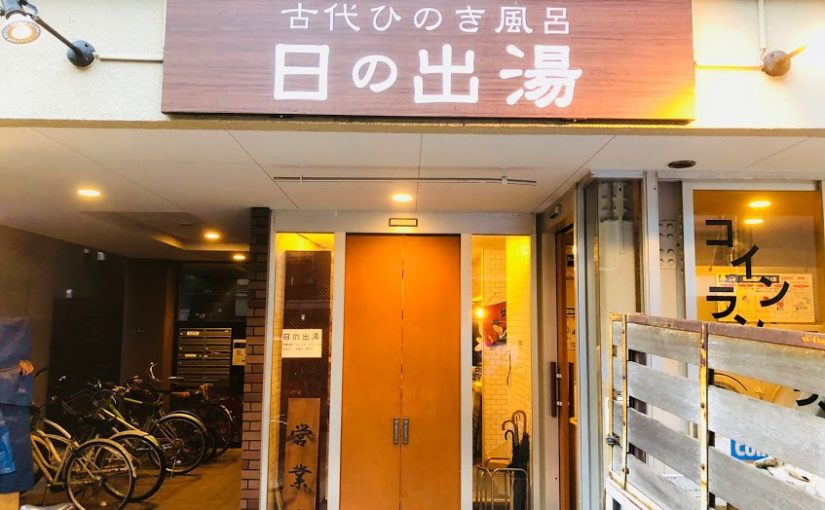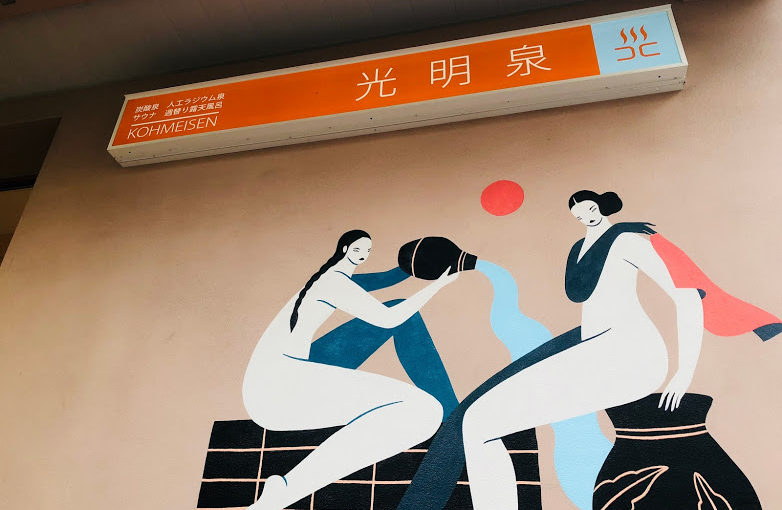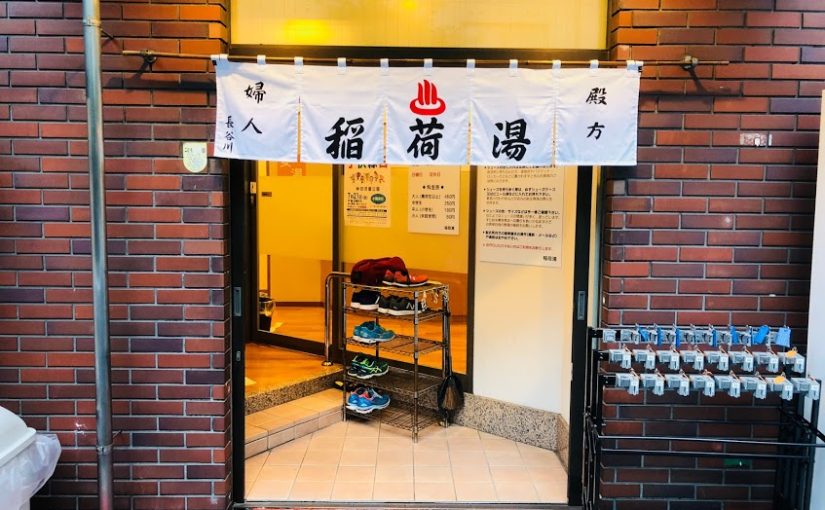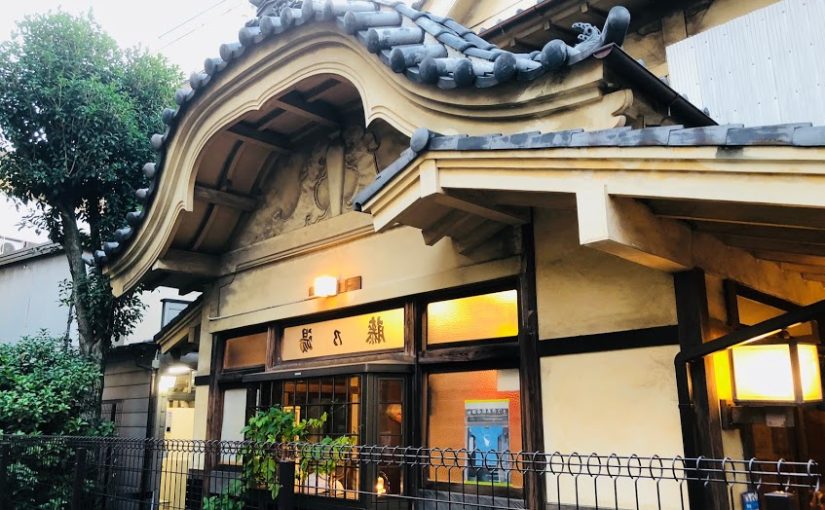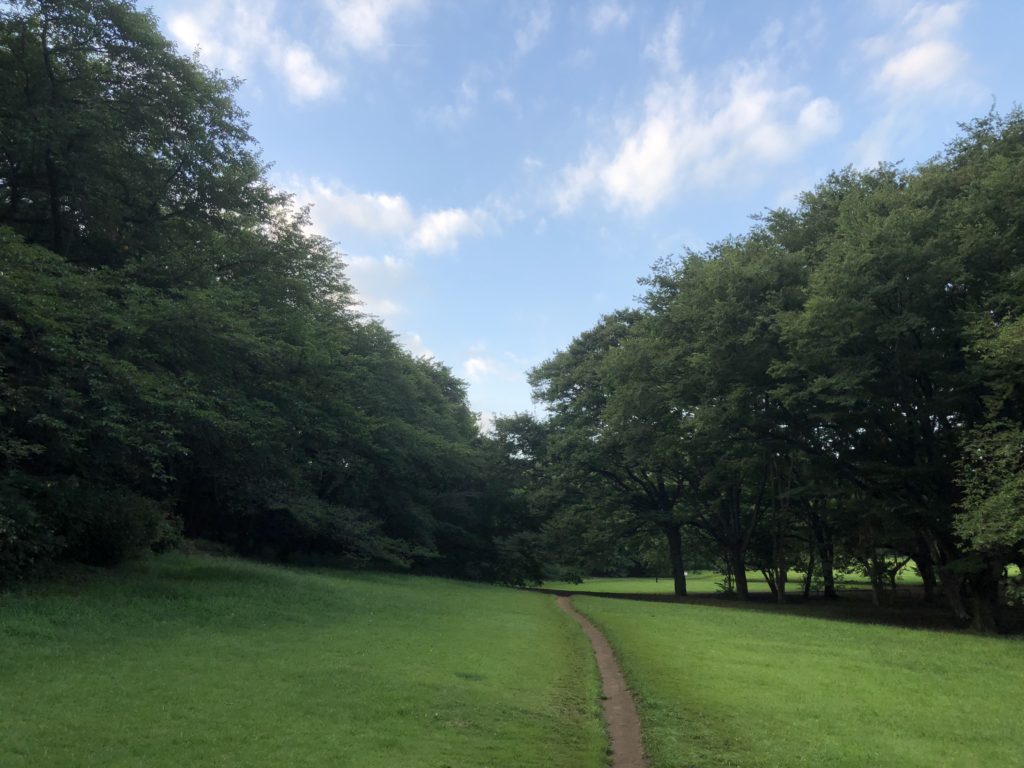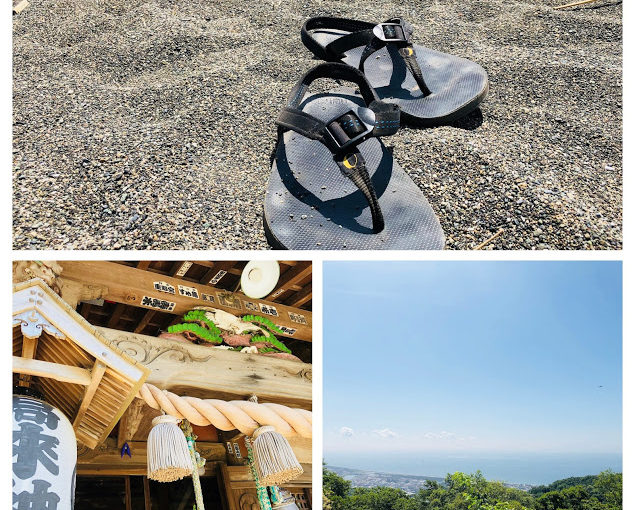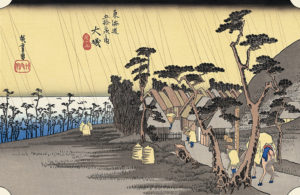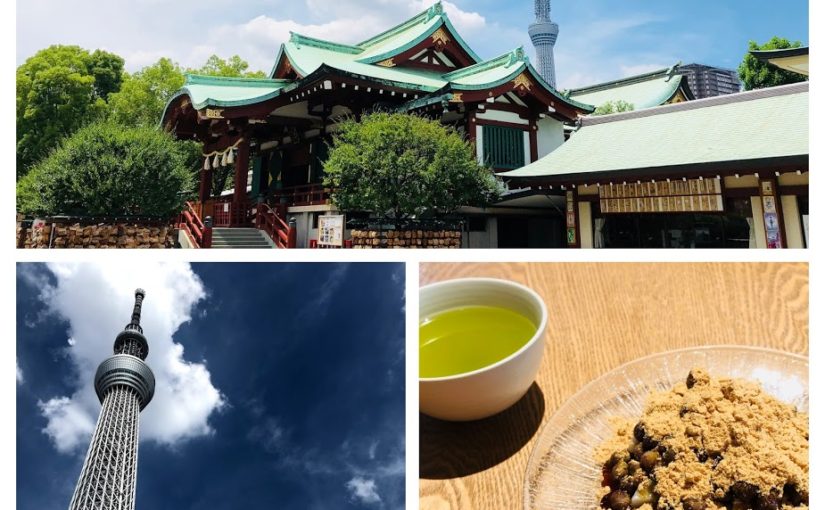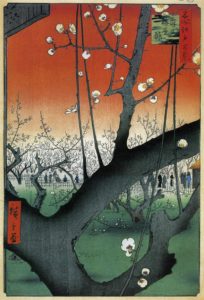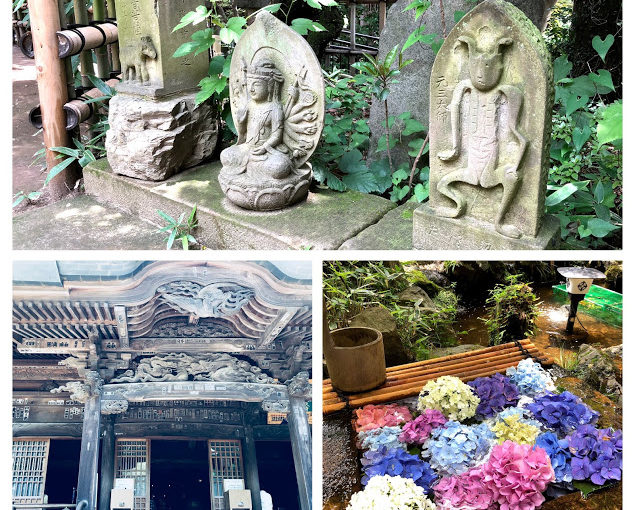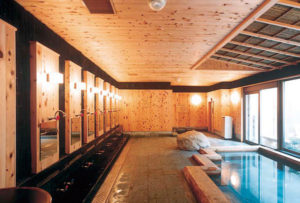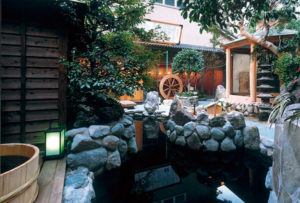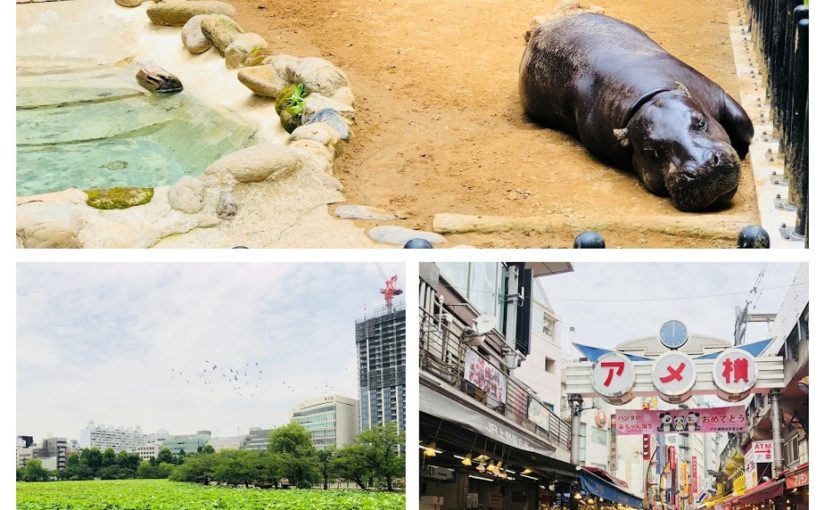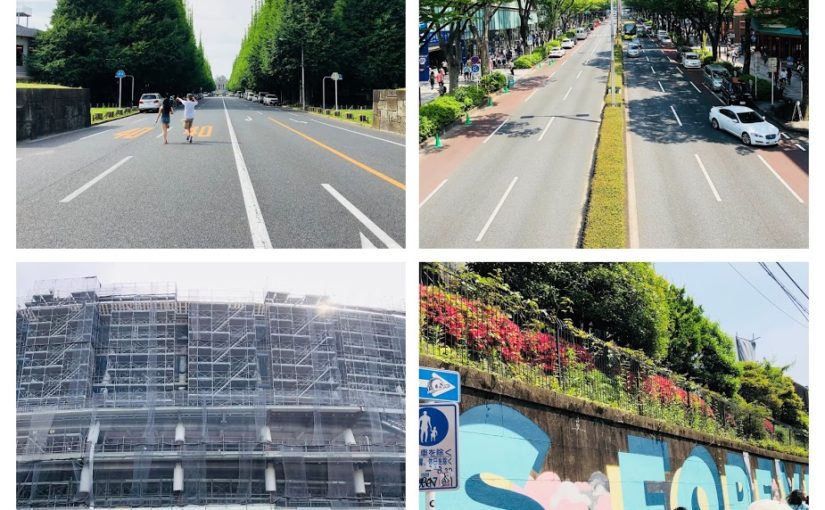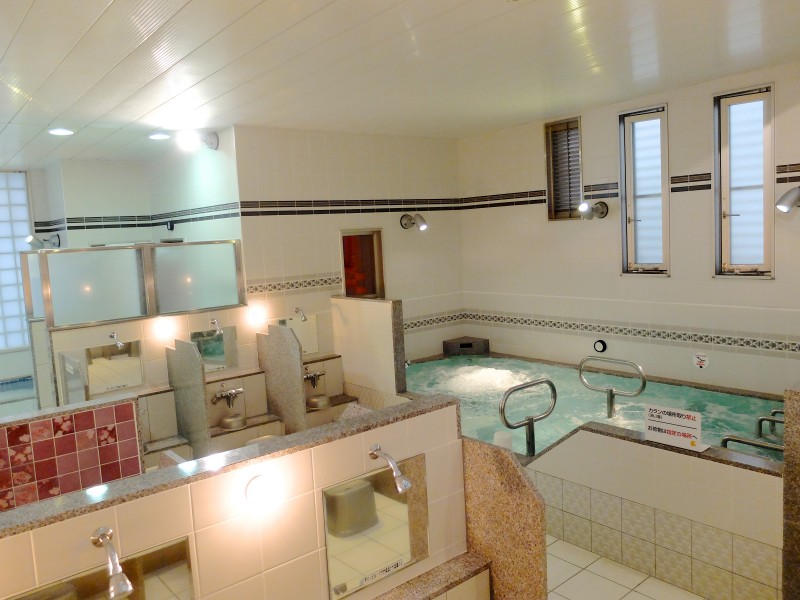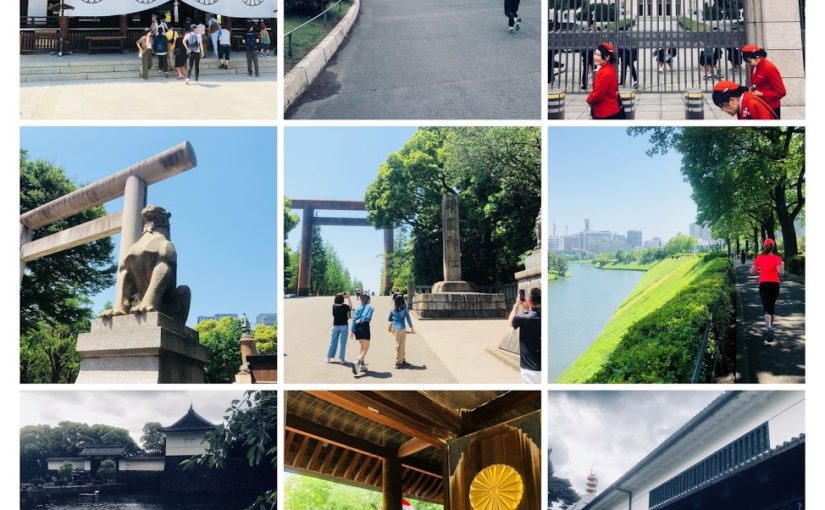
About Hinode-yu
The public bath “Hinode-yu” in Taito Ward is kindly to the Sento-runner as it is also written on the official homepage.
Ancient Japanese cypress with more than 100 years old is used in the bathtub and hot water is using natural water raised from underground 100 meters It is a relaxing and comfortable public bath from the bottom of our heart.
Access by famous sightseeing spots such as Asakusa’s Sensoji temple and Ueno Park and Tokyo Sky Tree can also be accessed by running.
Store Information
Address : 2-10-5 Moto-Asakusa Taito-ku, Tokyo
Tel: 03-3841-0969
website: http://kohmeisen.com/
Access :
It is about 2 minutes on foot from Tokyo Metro Inaricho, Hinode-yu.
At the exit of Inaricho, move to the front of CAFE Veloce,
Follow Asakusa street toward Asakusa,
Turn right at the first corner (Street between Elemor and Nanbu-ya)
Next, turn left at the first crossroad.
The second building is Hinode-yu.
Click here for detailed map
Closed: Every Wednesday
Business hours : 15: 00-0: 00 (Last reception 23: 40)
Running Course
The running course from Hinode-yu is divided mainly into Ueno direction or Asakusa direction.
If you are running towards Ueno, you may want to go around Kaneiji Temple or Shinobazu Pond in Ueno Park.
If you are going to Asakusa, you can visit Sensoji Temple, or you can run to the Tokyo Sky Tree beyond the Sumida River.
Because Hinode-yu is a runner-friendly bathhouse, basically it seems possible to run without being concerned about the time, but if crowded time let’s go back within 2 hours.
How to Reception
When using this facility as a running, please inform the receptionist in Japanese as follows.
“Running De Riyou Shitaidesu”, which meams “I would like to use it for running”.
Then Receptionist will explain how to use in Japanese, its contents are as follows.
① Please change to running wear at the changing room first.
② Please put the luggage in the changing room locker.
③ Please give the locker’s key to the Receptionist.
(At that time, small tags are handed from Receptionist.)
④Running
⑥ When you return from running, give the Receptionist the tag you received earlier and receive the locker key.
⑦ Please take a bath and relax
